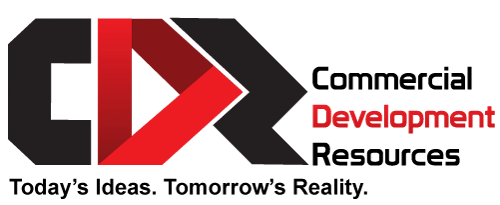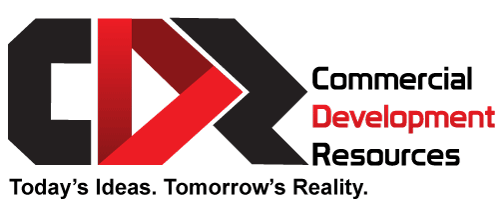Dry Utility mistakes can be costly. Be sure to avoid these four common Dry Utility pitfalls during project planning!
With strict timelines and target energizing dates, Dry Utilities are often a point of contention during a land development project. There are a number of variables reliant on the utility companies, so it is critical to get a Dry Utility consultant involved early. From simple to complex issues, you can mitigate delays to your project timeline by getting expert advice. A Dry Utility consultant’s involvement during the project planning is imperative to keep your project schedule running to plan.
1. Project Didn’t Get Energized on Time
Each utility has its own scheduling window that comes into play. After all of the trenches are dug and the conduit is installed, inspected, and released by the utility inspector, there is still more that has to happen before the utility can schedule the work to be completed. Edison, for example, may not start installing the wire until 24, 45, or in some cases, even 60 days after all requirements are met. A typical misconception is that once the conduit is put in, the utility company will come out within days to put in the wire, but that is not realistic. They are simply too busy. Your Dry Utility Consultant can aid you in identifying potential scheduling conflicts early on so you are able to incorporate appropriate scheduling windows for the utilities within your project schedule.
2. Starting Installation Before ALL of the Utility Designs Are Available
Oftentimes, project teams are pushing so hard to get the electric conduit and structures installed, that they forget about the natural gas and communications facilities. Typically the electric design is created and sent to the utilities so they can start their design process. You should not wait until the electrical design is complete to start your communication with the other utility companies. A Dry Utility consultant will engage with the other utility companies early on in an attempt to mitigate the gap between the time when your electric design is complete and when the other utility designs are ready for joint trench installation. It’s very important to work with the utilities in advance to obtain details from each like what size conduit, how many boxes, and how many services can feed from a structure. Your Dry Utility consultant can start conversations on your behalf using exhibits such as red lines, composites, and proposed layout to aid the utilities in preparing a layout that will avoid potential conflicts with other site components. Without lining up the other utility plans, you may not be able to construct or pave on schedule because all of the utilities (electric, gas, and communications) will likely be installed at one time in a joint trench.
3. Assuming Power Company Will Notify Everyone About the Undergrounding
Are there mysterious fiber optic cables on the power pole? Don’t wait until you’re ready for construction to find out a communication company wasn’t notified about the undergrounding. We’re all used to seeing bigger companies like Frontier or AT&T providing communication services, like cable and telephone, but there are a number of smaller communications companies that can have fiber optic cables installed up on the poles as well. In the case of Rule 20, there have been many instances where some competitive local exchange carriers (CLEC) like Crown Castle, Level 3, MCI, or XO Communications didn’t get included in the original planning and coordination effort.
The power company often takes the lead in the Rule 20 process because they’re typically the owner of the pole and the communication companies are renting space on the poles. When poles are being removed and there are multiple fiber optic cable lines up there, some may occasionally get overlooked. It should not be assumed that every company renting space on those poles will be notified that they need to be relocated underground. If there are unidentified fiber optic cables on the poles, and an electric company completes their undergrounding and then notifies the other utilities on the poles, the project is likely to encounter delays. Your Dry Utility consultant can engage with the communication companies early on so they are aware of the need to underground. By notifying the communication companies prior to when they receive notification from the electric utility, it provides the communication companies a head start on their planning and design effort.
4. We Need More Space!!!
The horizontal space within a site or street can be limited and cramped. There are a number of different structures needed for dry utilities that can quickly eat up that space. During the planning process, it’s easy to focus on the electric structures, such as the transformers and switches because they’re the biggest and require the most space. The problem with only focusing on the electric structures is that there are going to be other structures such as Hubs, nodes, amplifiers, hand holes, and pedestals, for both phone and cable TV communications that also need to be considered. Getting a Dry Utility consultant involved early on to identify the needs for all the dry utilities on the project will help the project team coordinate the site to avoid potential conflicts with other disciplines in the later stages of planning.
Don’t let Dry Utilities stand in the way of a successful land development project. Get a consultant involved early in the process to mitigate any potential problems and delays. It is imperative for your timelines to be proactive from the beginning. If you’d like more information on how our Dry Utility consultants can help, visit our website.


